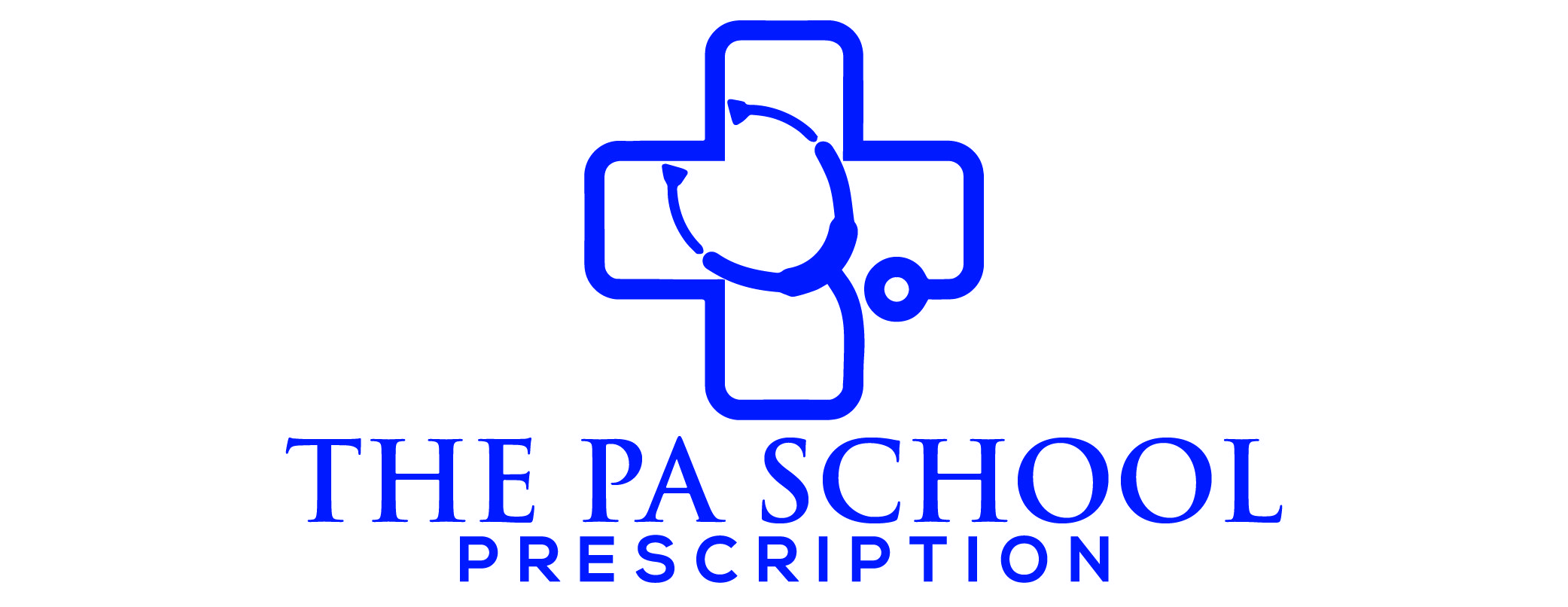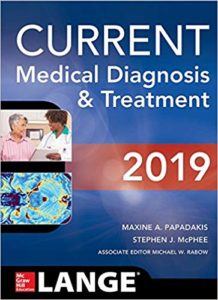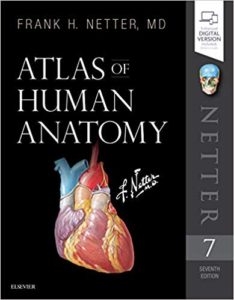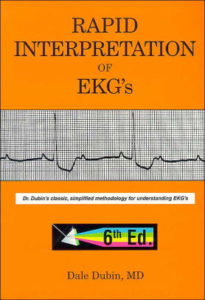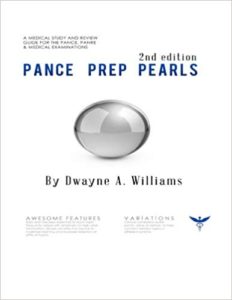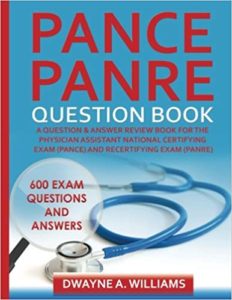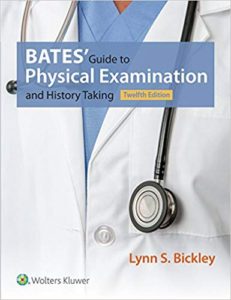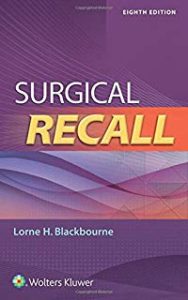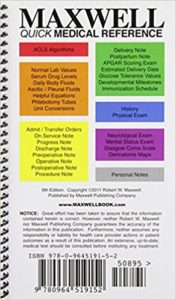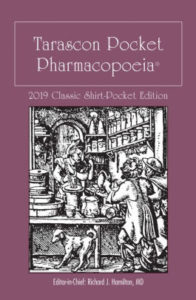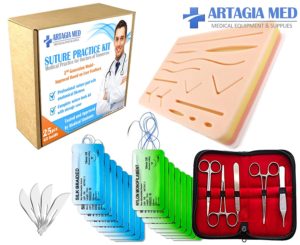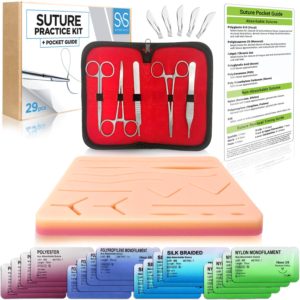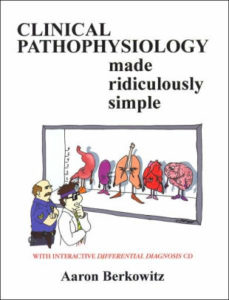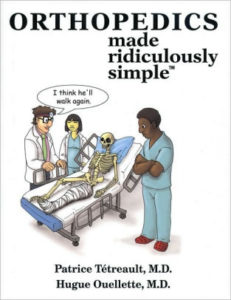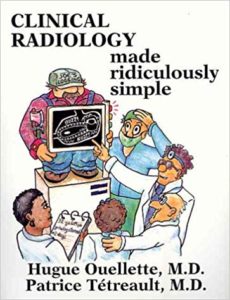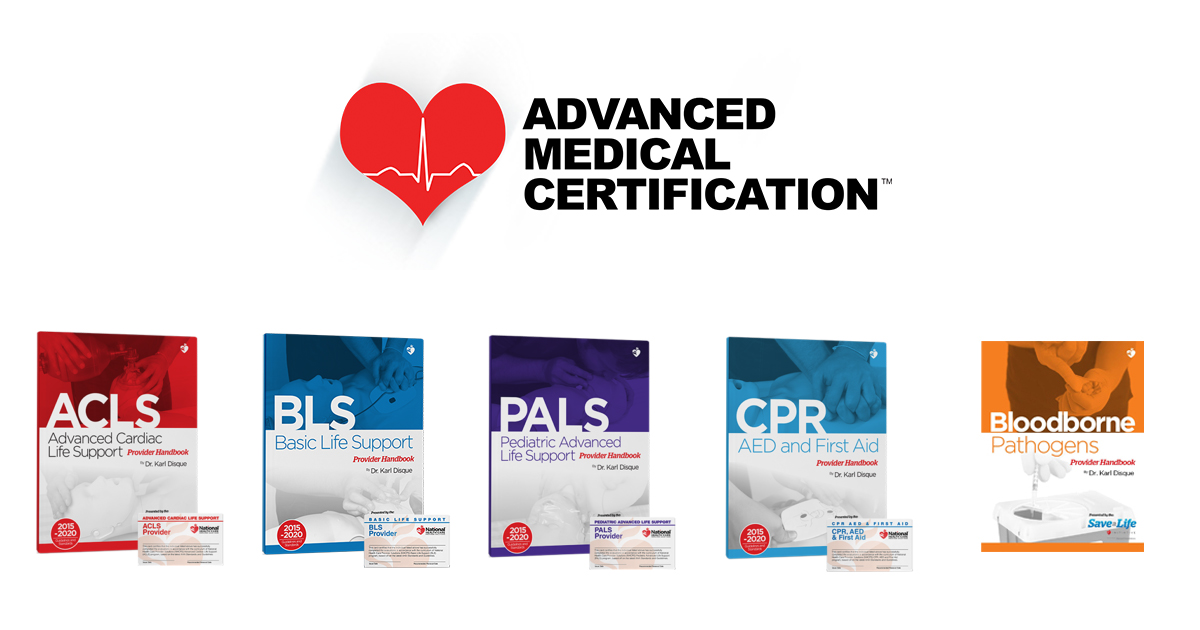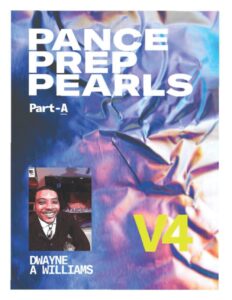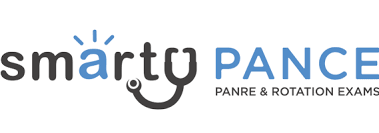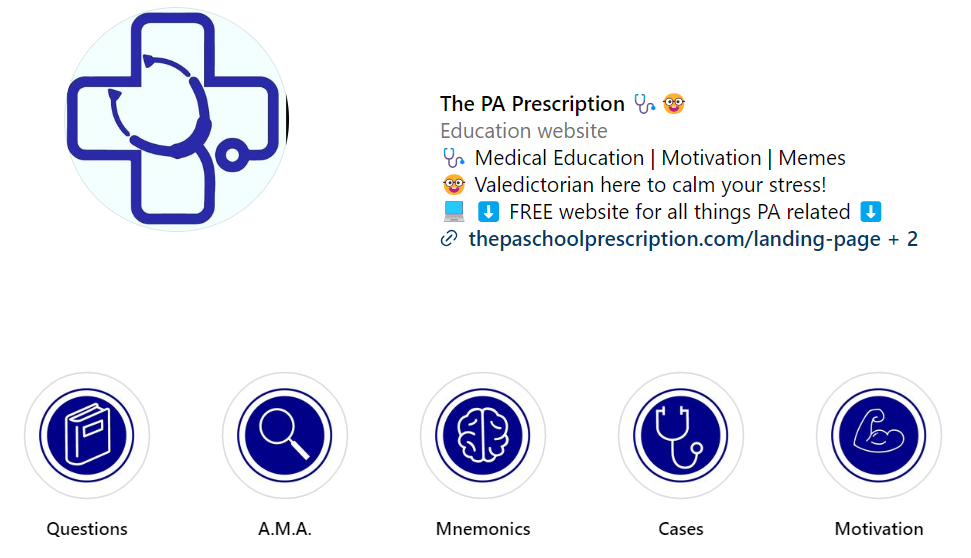
Day in the Life of a Canadian PA
Today’s feature includes a Canadian Physician Assistant (PA) named Anne Dang who practices as an orthopedic surgery PA. In addition to being a full-time orthopedic surgery PA, she also has a website (canadianpa.ca) that includes sharing the many examples of Canadian PAs who do inspiring work in health care, providing personal insight on working as a PA, providing helpful tools for PA practice, as well as exemplifying how leadership and advocacy can move the PA profession forward. Anne and I connected via social media and she brought to my attention that November 27th is PA Day in Canada and she took time out of her busy schedule to tell me what a day in the life of a Canadian PA is like!
What are some of the differences between PAs in the United States and Canada?
“Because the PA profession is in its infancy in Canada, a lot of my job role, besides being a medical provider, is also being an advocate to provide education to patients on what the PA role is in medicine. Also, if a specific department has never had a PA before, it is also my job to speak to hospital administrators on the roles of a PA in the healthcare system and how to utilize our role to have the most benefit.
One of the big differences is that PAs in Canada cannot bill independently when compared to the United States. Also, there is no healthcare experience required so I did not have to take any time off between undergrad and PA school. With regard to education, there are currently three PA schools located at McMaster University, University of Toronto, and the University of Manitoba. The length of the programs varies between 24-26 months like typical American programs. The first 12 months of the program are all classroom (didactic work) with some observer ships which involve exploring a variety of specialties so you know what to choose your clerkship year. Clerkship year involves going on clinical rotations whether it be core or elective rotations.”
What is your background? What made you choose PA over other medical professions?
“I am born and raised in Toronto, Canada. My parents were immigrants from Vietnam. My mom was a refuge from the Vietnam War and my dad immigrated after studying engineering for a bit. I went to public school then headed to university for four years. Before PA school, I was in the pre-med route. I knew that I wanted to practice medicine, but I wasn’t sure if the traditional M.D. route was for me. I had worked in research as a research assistant in undergrad and I saw the work-life barriers a lot of the doctors I worked with had to face. The amount of family time for most of them was limited; sometimes it involved the partner bringing the kids to the office. With regard to my personal values and long term goals, pursuing an MD degree didn’t seem like a good fit. I expressed my opinions to my guidance counselor and he informed me that McMaster was opening up a PA Program. What really appealed to me about the PA profession is the lateral mobility. I actually polled an Ontario PA Facebook Group and less than 50% of PAs have changed specialties within 10 years, but it is good to know that that option is there.”
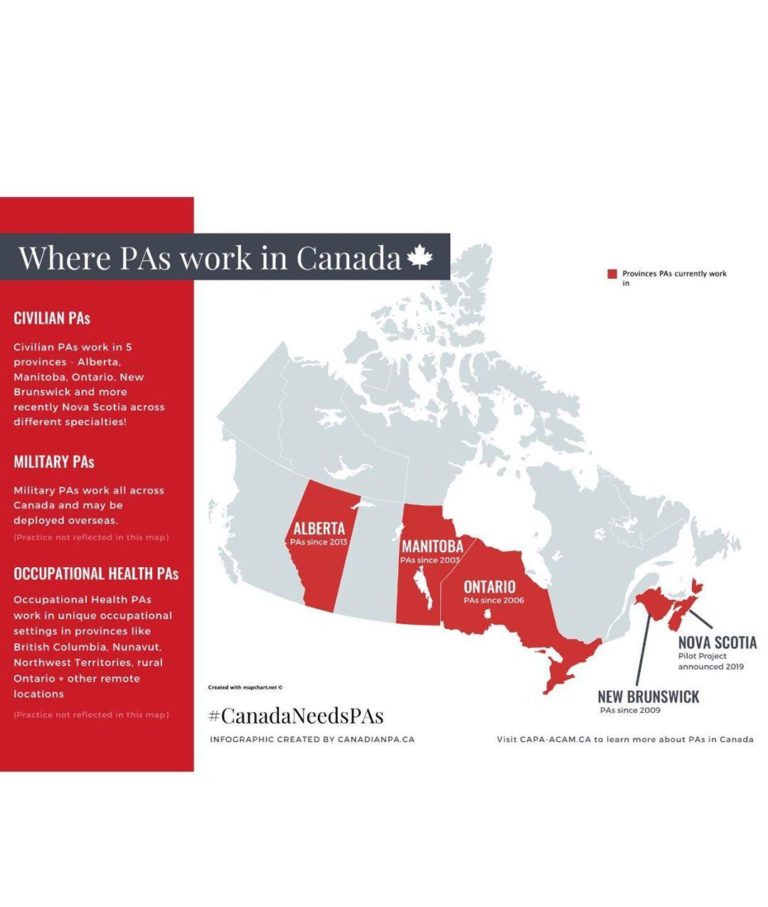
What was your first job out of school and how did you find it?
“I am currently still at the same job I was in back in 2011 and that would be through a special program called the Ontario Career Start Grant. It was initiated by the Ontario government because it was an emerging profession to provide time-limited funding to employers if they thought about introducing a PA to their practice. It was about 80 positions that were funded and there were also job offers listed on hospital career pages as well. A lot of other job offers were also from doing well in clinical rotations and having word of mouth conversations between providers or sometimes clinical preceptors would simply ask, ‘How can I hire you?’ Originally, I casted a wide net and I applied to over 22 different positions, with 11 job interviews, and 6 job offers which were in different areas of medicine. The reason I picked Ortho was it was a specialty I enjoyed and also because of the work culture, environment, and supervising physician and team I was working with. Because we were so new, I wanted to work with someone who knew how to utilize PAs that intended on keeping them for the long term. I actually turned down a position five minutes from my house because I wanted to go with a position where I can go to work and feel fulfilled, feel very positive and not exploited, with reasonable pay as well.”
Were there any barriers you had to overcome when first starting out?
“When I first started, the hospital never had PAs before so it actually took us six years to get hospital privileges, so those years were strictly outpatient. There came a point when several orthopedic surgeons requested PAs be added to help with the workload. So now besides outpatient duties, we first assist in the operating room, help with pre-op and post-op care, inpatient management and being on call.”

What resources did you use or practice with every day to be great at your job?
“With regards to orthopedics, OrthoBullets is one of my main resources. I am on their email list and they send out some great cases and replays from talks they have had with prominent orthopedic surgeons. Figure1 is also pretty good with regards to musculoskeletal imaging. Honestly, one of my main resources I love to use is my supervising physicians. When I first started I would sit down with them and asked a ton of questions and it turned into some critical thinking as I picked their brain. With regards to textbooks, I always reference anatomy textbooks when we have students with us so we can review and better understand orthopedic pathology.”
The Ultimate Arsenal of Resources to Conquer PA School
What is a typical day in the life of an Orthopedic Canadian Physician Assistant?
“So our clinics begin at approximately 8:30 AM and I commute about 40 minutes to work so I usually wake up around 6 and start my morning routine. I sort of ease myself into the day so I like to listen to a podcast, typically OrthoBullets, PAINE Podcast or some personal development podcasts on my way to work or my Apple Music Playlist. When I arrive at the clinic, I look at my patient list for the day, typically 30 consults per day, and spend 10-20 minutes per consult depending on how complex the interaction may be. We also work closely with our physio clinic next door if they have questions regarding patient post-op protocols. Hopefully, I can head home before traffic and then that’s where the wind-down begins. If I am feeling good, I will head to the gym, but most of that time now has been spent on wedding planning. In addition to all of that, I also spend time working on my blog, mentoring, and advocate which I am also passionate about.”
As a preceptor, what advice can you give students starting to prepare for and succeed at during a rotation?
“Take a look at clerkship guides and curriculum available from that specific rotation ahead of time and read up on the most common conditions. I feel the thing that intimidates most students is that they think they need to know every single muscle, every single bone, and the origin and insertion of each muscle. What’s more important than that, is finding what is clinically relevant and finding one or two interesting cases a day and reading up on the subjects, therefore, you don’t get overwhelmed. But regardless, I am always looking for enthusiasm, professionalism, showing up with the willingness to learn and not checking out mentally if it’s in an area of medicine they are not interested in. Those are the big things we really appreciate in the students.”
To learn more about Anne and her journey click here

